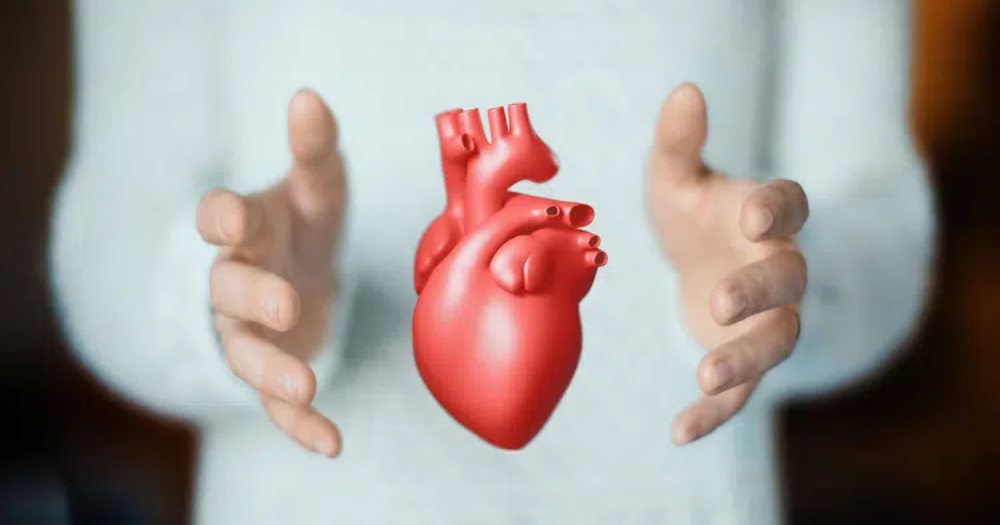Researchers at Imperial College London create AI model to generate heart animations

At Imperial College London, researchers have pulled off something remarkable. They've developed an AI model — charmingly named MeshHeart — that can bring the human heart to life through personalized, 3D animations. This isn't just digital wizardry for show. It's a new way to spot early warning signs of cardiovascular disease before they make trouble.
As Dr. Mengyun Qiao, the lead author, puts it, "It's about bringing precision and detail to cardiovascular care." And in a world where heart disease claims one in four lives in the UK, that precision could mean everything.
How does it work?
MeshHeart is no ordinary algorithm. It's trained on cardiac images from over 38,000 real people, gathered through the UK Biobank. From that massive data pool, the AI learns how a healthy heart should look — and more importantly, how it should move throughout a heartbeat.
Here's what makes MeshHeart tick:
- Graph convolutional networks help the model understand the complex 3D shape of the heart.
- Transformer models track how that shape changes as the heart beats.
- The result? A lifelike, animated replica of a person's heart, tuned to their unique physiology.
The system can then create a digital "twin" — a healthy version of the person's heart — and compare it to the real one. Subtle differences can point to trouble long before symptoms set in.
Why does it matter?
Current cardiac imaging techniques, even the gold standard CMR (Cardiac Magnetic Resonance), can miss the finer details of heart motion and structure. MeshHeart fills that gap by capturing minute abnormalities that other systems might overlook.
Dr. Qiao explains: "By comparing a person's heart to a personalised 'healthy' version, we hope to catch early and subtle signs of disease that might be missed." It's like having a high-definition lens on your heart, constantly scanning for the slightest misstep.
That's a game-changer:
- Early detection means faster treatment.
- Better data means more accurate diagnoses.
- Simulated outcomes mean doctors could even predict how a patient's heart might respond to future treatment or medication.
The context
MeshHeart is part of a larger trend in medicine: building digital twins — virtual stand-ins for real human organs. In 2024, researchers were already creating digital twin heart models for NHS patients suffering from pulmonary arterial hypertension, a brutal condition that often ends in heart failure and frequent hospital stays.
These digital doppelgängers are built using everything from hospital scans to wearable sensor data. What makes MeshHeart stand out is its sheer scale, accuracy, and potential to adapt. Researchers are already feeding it new datasets from different hospitals and disease types, fine-tuning it to perform even better in the real world.
And the best part? The team at Imperial isn't stopping here. They're planning to link MeshHeart with electronic hospital records, giving the model even more context to work with. And if all goes well, doctors might soon be able to see the heart in motion and understand its future.
💡Did you know?
You can take your DHArab experience to the next level with our Premium Membership.👉 Click here to learn more
🛠️Featured tool
 Easy-Peasy
Easy-Peasy
An all-in-one AI tool offering the ability to build no-code AI Bots, create articles & social media posts, convert text into natural speech in 40+ languages, create and edit images, generate videos, and more.
👉 Click here to learn more


